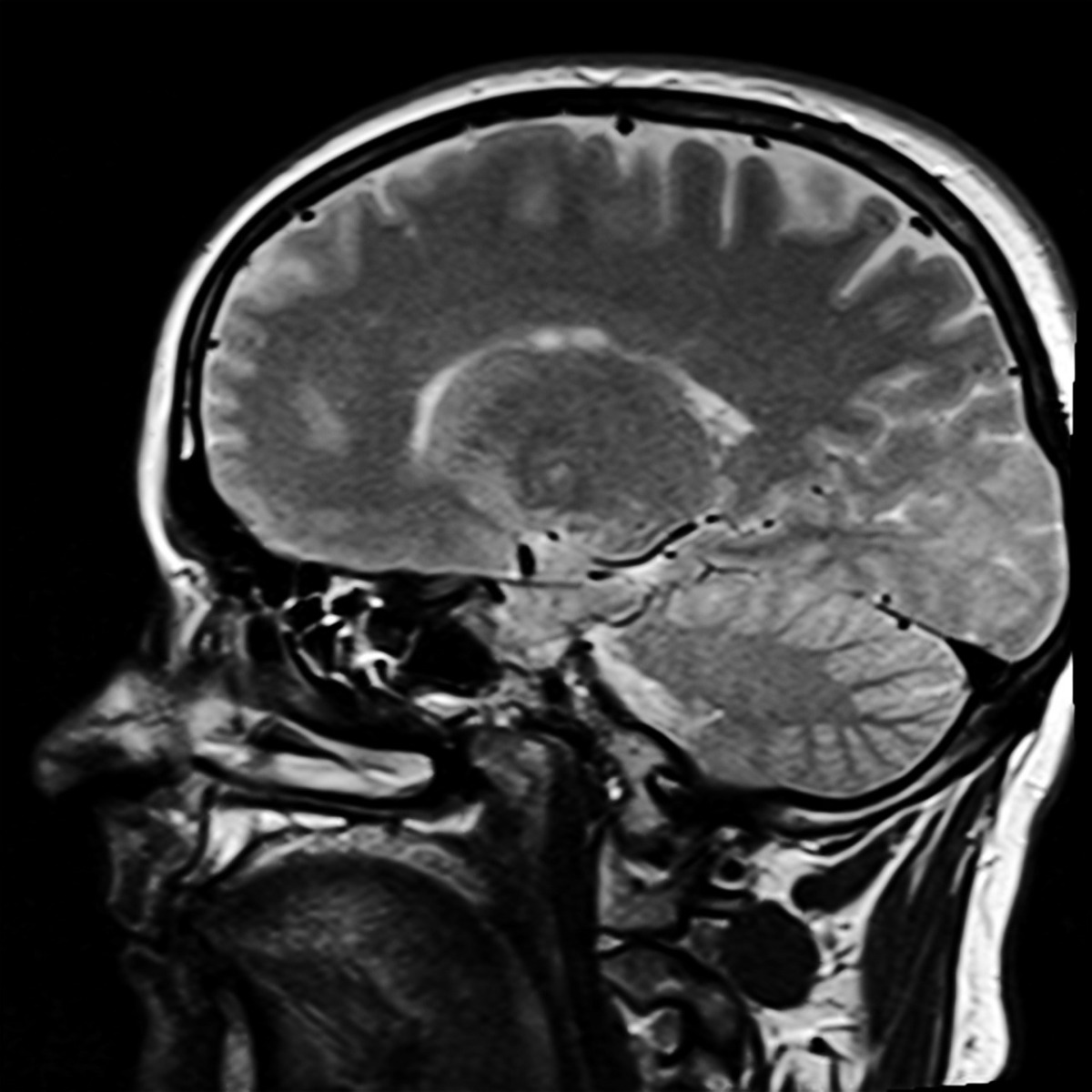Brain scan for epilepsy
Interview with
Epilepsy is a brain condition that causes patients to fit and lose consciousness. In  the process, they can injure themselves and the condition can seriously affect a person's quality of life. Now, scientists have developed a brain scanning technique that can find the source of a patient's fits, meaning they can potentially be cured surgically. It works by homing in on hotspots in the brain that contain increased amounts of the chemical glutamate which signals excited nerve cells in the brain as neurologist and co-inventor of the technique, Kate Davies explained to Chris Smith...
the process, they can injure themselves and the condition can seriously affect a person's quality of life. Now, scientists have developed a brain scanning technique that can find the source of a patient's fits, meaning they can potentially be cured surgically. It works by homing in on hotspots in the brain that contain increased amounts of the chemical glutamate which signals excited nerve cells in the brain as neurologist and co-inventor of the technique, Kate Davies explained to Chris Smith...
Kate - Epilepsy is a very common disease affecting 65 million people worldwide and 1/3 of those patients actually don't respond to medications. At times, we'll actually will consider surgery as an option for potential cure. So, we sought to use a new method to figure out where the seizures are coming from and to help us direct whether or not we can do surgeries or other therapies to help these patients.
Chris - In people with epilepsy, what is actually happening in their brain in the first place to cause the condition?
Kate - So, it's thought that there's a mismatch between how much excitation there is and how much inhibition there is when patients have a seizure. The thing we measured in the study measures glutamate which is a neurotransmitter in the brain that is the most common excitatory neurotransmitter. We hypothesised, or thought, that looking for the increased glutamate in the brain could identify even between seizures where the seizures were coming from.
Chris - You have a region of the brain which for some reason then seems to have too much activity, owing to this excitatory chemical glutamate. So, you're going to go hunting for where that signal appears to be over represented in the brain to find where the epilepsy might be stemming from.
Kate - Exactly. And then if we can identify where that increased excitation is, we can figure out what the brain network is that is causing the seizures.
Chris - And then what go in and do some kind of intervention such as a surgical one, but with high precision because you know where the problem is to stop it.
Kate - Exactly. We actually frequently do epilepsy surgery for these patients and in fact, sometimes we do very invasive surgeries just to figure out where the seizures are coming from - putting electrodes underneath the skull to further define where the seizure focus is.
Chris - So how does it work? How have you done this?
Kate - We performed brain images on a special MRI scanner. To the patient, this is very similar to a typical MRI. However, we're able to use techniques that shakes certain parts of the glutamate molecule and enable us to make measurements of the glutamate concentration in the brain. We then can identify the increased glutamate regions and see where the patient's seizures are coming from.
Chris - How did you prove that where you see an enhanced concentration of glutamate that that was where the epilepsy was coming from in your patients?
Kate - These patients are actually all undergoing possible surgical evaluation at our epilepsy centre. So, as part of that evaluation, all of the clinicians and the nuerosurgeons, and radiologists make a consensus statement about where we think the seizures are coming from. In one of the patients, they actually underwent something called intracranial EEG monitoring. In that patient, we showed that the seizures came from the same place as the increased glutamate on our imaging.
Chris - How big are the areas concerned?
Kate - These are very small areas in the hippocampus which is towards the middle or centre of the brain.
Chris - Do you think then that you would be able to do sort of brain sparing surgery in these people, now you know where these very small areas are with high precision and accuracy?
Kate - We certainly hope so and are continuing to gather more data and hope to use it for clinical decision making in the near future.
Chris - Will it find the source of epilepsy in everybody or is there a chance it could miss some?
Kate - It certainly could miss some patients and we simply don't know that yet as this is the first work that we're doing with using this technique. We are continuing to improve upon the technique and have expanded our ability to look at bigger regions of the brain and potentially, help other types of epilepsy patients as well that have seizures arising not just from the middle of the temporal lobe, but in other regions of the brain.










Comments
Add a comment